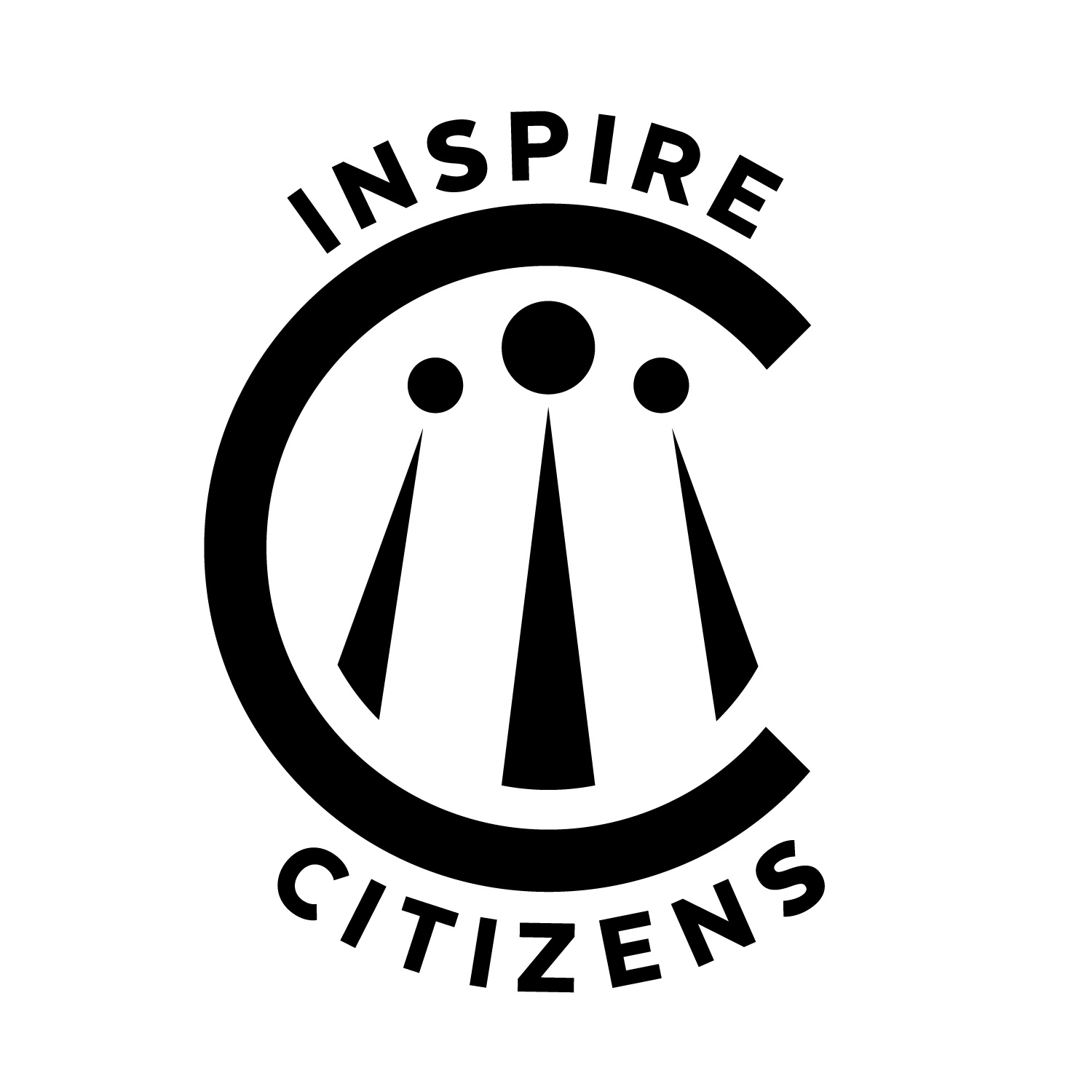Engage with civic, global & intercultural
competence frameworks & pathways
OECD PISA 2018.
Purpose:
Having an understanding of global and intercultural competence is necessary for students to launch and frame their thinking about local and global issues in order to take relevant, impactful, and sustainable civic action in their communities.
Student Impact Profile:
Critically examine community needs to design ethical solutions
Enduring Understanding:
Understanding global and intercultural competence helps illuminate pathways for applied civic engagement and sustainable actions.
Essential / Reflection Questions:
Inspire Citizens, 2020.
Synthesize: How might global and intercultural competence interconnect with what I already know about problem solving, civic engagement, and sustainable development?
Appraise: How well do the OECD PISA model and the Inspire Citizens Student Impact Profile combine to help me create a personalized understanding global and intercultural competence in my life or my unique local communities?
Apply: How can I use my understanding of these competencies in suggesting ideas for enhanced learning experiences, events, or actions within our school and local community?
Core Activities:
As a group pre-assessment, conduct a discussion-based analysis of the community’s strengths and challenges with respect to the OECD PISA global competence model.
Synthesize understandings of the OECD PISA model with an open appraisal of the Inspire Citizens Student Impact Profile.
Formulate and present ideas of local civic projects, activities, or learning that can enhance global and intercultural competence.
Flexible Steps:
Apply these ideas for context while scaffolding and differentiating for age, language proficiency, readiness, independence, learning needs, content connections, and so on.
Part 1
Introduce the idea that global competence education has been identified by organizations like the Organization for Economic Cooperation and Development and PISA as one of the keys to a successful, sustainable future. Empowering schools and students through growth in these competencies impacts:
Collective well-being
Sustainable development
Living harmoniously in diverse communities
Ask participants to read the four competencies in the OECD PISA model and then envision the model as a bird’s eye view of the room. Use this visualization as a spark into a four corners activity mirroring the visual (red corner, blue corner, and so on).
Have participants identify which competency they believe the community is strongest in and move to that corner. Once in that corner discuss with others what your evidence is of possessing that strength. What’s their claim, evidence, and reasoning?
Prompt participants to identify the area in which there is most opportunity for community growth and move to that corner. Once in that corner justify with others why that exists as the greatest challenge. Ideate potential solutions.
Part 2
Now that participants have analyzed the OECD PISA model, share the Inspire Citizens Student Impact Profile.
Allow participants time to use the visible thinking routine: See, Think, Wonder to compare and contrast the two models but also to think about how and why OECD PISA and Inspire Citizens designed their models the way they did. What would you keep the same and why? What might you change and why? Discuss and share thinking in small groups.
Part 3
Apply these two frameworks to use mind mapping to ideate potential opportunities for action in your own context. How might participants or the whole community use these models to enhance learning and projects in: Classrooms, student leadership groups, extracurricular activities, experiential learning trips, advisory programs, service clubs, local partnerships, and so on?
